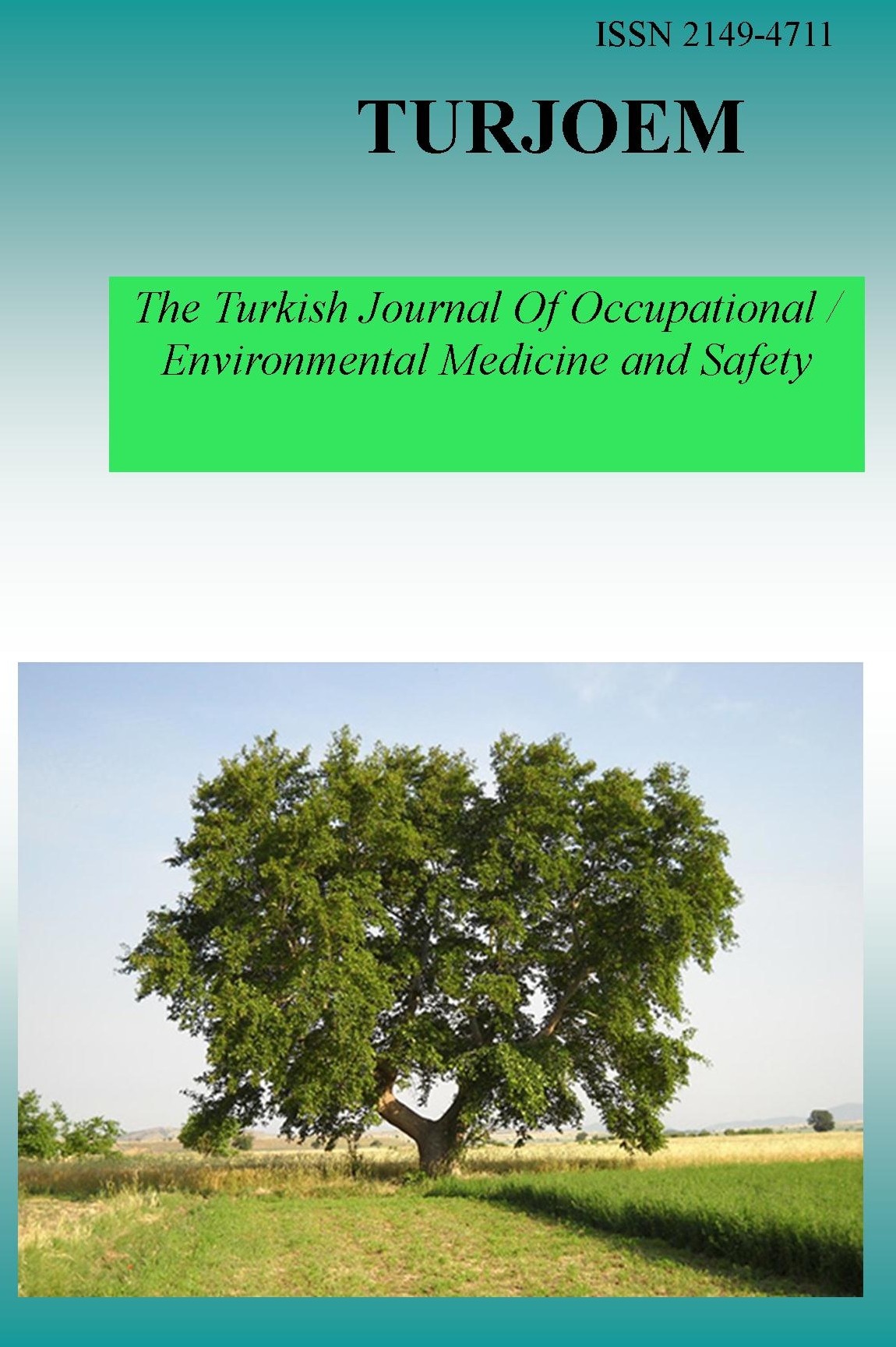Total Antioxidant Status and Hemocyte Counts of Crayfish (Astacus leptodacylus Eschscholtz 1823) after exposure to carbaryl and deltamethrin
Total Antioxidant Status and Hemocyte Counts of Crayfish (Astacus leptodacylus Eschscholtz 1823) after exposure to carbaryl and deltamethrin
___
- Aysel Çağlan Karasu Benli, Duygu Şahin, Burcu Koçak Memmi, Aylin Sepici Dinçel Gazi Üniversitesi Ankara Başkent Üniversitesi Ankara Hacettepe Üniversitesi Ankara
- ISSN: 2149-4711
- Başlangıç: 2015
- Yayıncı: Engin TUTKUN
The use of insecticide-impregnated bed nets
Emine Yener, Duygu Ayabakan Çot, Muhsin AKBABA
Essential Oils As Repellents In Insect Control
Elif Durmaz, Ersin Nazlıcan, Muhsin Akbaba
Nephrotoxic Effects of Pesticides
Tülin GÖNÜLTAŞ, Necdet AYTAÇ, Muhsin AKBABA
Alternative Method Study for Determining Bactericidal Efficacy of Antimicrobial Paints
Sennur Çalışkan Özdemir, Ece Halat, Aslı Şahiner
Molecular identification of mosquito species using DNA barcode analysis
Resistom in Salmonella spp. isolated from coastal waters of Izmir gulf
İhsan YASA, Beril Arkan DEMİRCAN, Nazenin EFTEKHARİ
Chronıc Exposure to Pestıcıdes and Parkınson Dısease
Maide Nur Kartal, Yıldız Pekşen, Elif Nur Köksal
Human Health Effects of Pesticide Residues
Saliha Çelik, Mehmet Gökdeniz, Muhsin Akbaba
Exposure of pregnant women to pesticides
Nazan Akçalı, Sevim Sibel Demir Uzan, Muhsin Akbaba
